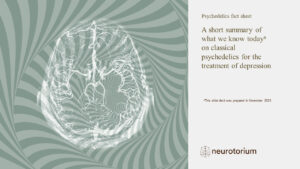Index for
slide deck
Title
-1024x576.jpg)
Neurobiology and Aetiology
To understand psychiatric disorders, it is important to have a working understanding of the normal structure and function of the nervous system.
Introduction to neuroanatomy
-1024x576.jpg)
Introduction to neuroanatomy
-1024x576.jpg)
Organisation of the nervous system
To understand psychiatric disorders, it is important to have a working understanding of the normal structure and function of the nervous system. The central nervous system (CNS; brain, spinal cord) and peripheral nervous system (PNS) are made up of neurones and glial cell…
-1024x576.jpg)
Neurones
The neurone constitutes the functional unit of the nervous system; there are over 100 billion neurones in the brain.[Purves, Augustine, & Fitzpatrick et al., 2008; Martin 2003] Each neurone has the ability to interact with and influence many other cells, which creates a s…
-1024x576.jpg)
Anatomical regions of the brain
The brain is divided into four anatomical regions: the diencephalon, brainstem, cerebrum, and cerebellum, as described on the slide.[Kandel, Schwartz & Jessell, 2000; Tortora & Derrickson, 2009]
References:
Kandel ER, Schwartz JH, Jessell TM (eds). Principles of Neural Sc…
-1024x576.jpg)
Cerebrum
The cerebral cortex is the main functional unit of the cerebrum. The three main functional areas of the cerebral cortex are:[Tortora & Derrickson, 2009; Price & Wilson, 2003]
- motor areas that control voluntary movement (primary, secondary, and association motor areas)
- se…
-1024x576.jpg)
Lobes of the brain
The brain can be thought of as comprising five ‘lobes’ – the four lobes of the cerebral cortex and a fifth lobe, the insula, deep within the brain, as shown on the slide.[Martin 2003; Tortora & Derrickson, 2009; Price & Wilson, 2003] The lobes of the cerebral cortex are n…
Neurosynaptic transmission
-1024x576.jpg)
Neurosynaptic transmission
-1024x576.jpg)
Neurotransmission
Information moves through the nervous system via two integrated forms of communication – electrical neurotransmission and chemical neurotransmission, as shown on the slide.[Kandel, Schwartz & Jessell, 2000]
An action potential is generated at the origin of the axon follow…
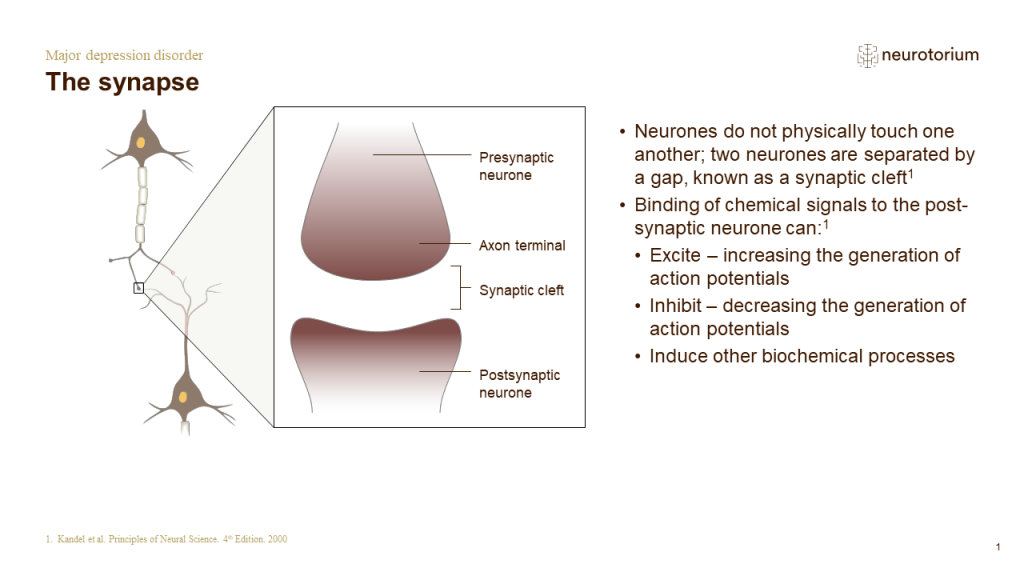
The synapse
Neurones do not physically touch one another; two neurones are separated by a gap, known as a synaptic cleft.[Kandel, Schwartz & Jessell, 2000] Because neurones do not touch, and an action potential cannot ‘jump’ across a synaptic cleft, the signal must be converted to a …
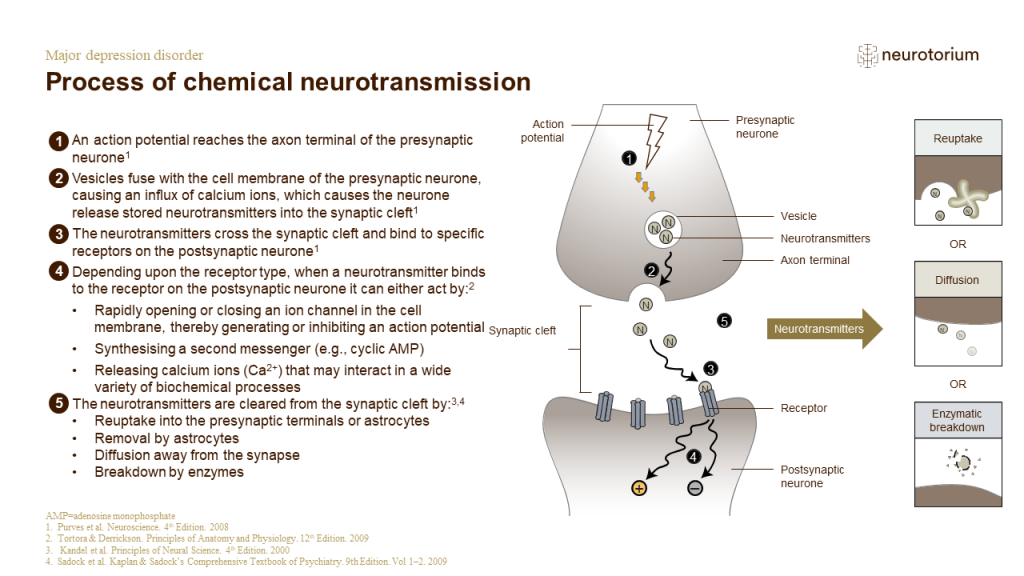
Process of chemical neurotransmission
The idea that neurotransmission occurs at synapses and is mediated by chemicals was, at first, a contentious issue.[Purves, Augustine & Fitzpatrick et al., 2008] It was in the first half of the 1900s that experiments proved chemical neurotransmission occurred.[Purves, Aug…


-1024x576.jpg)
-1024x576.jpg)
-1024x576.jpg)
-1024x576.jpg)
-1024x576.jpg)
-1024x576.jpg)
-1024x576.jpg)
-1024x576.jpg)
-1024x576.jpg)
-1024x576.jpg)
-1024x576.jpg)
-1024x576.jpg)
-1024x576.jpg)
-1024x576.jpg)
-1024x576.jpg)
-1024x576.jpg)
-1024x576.jpg)
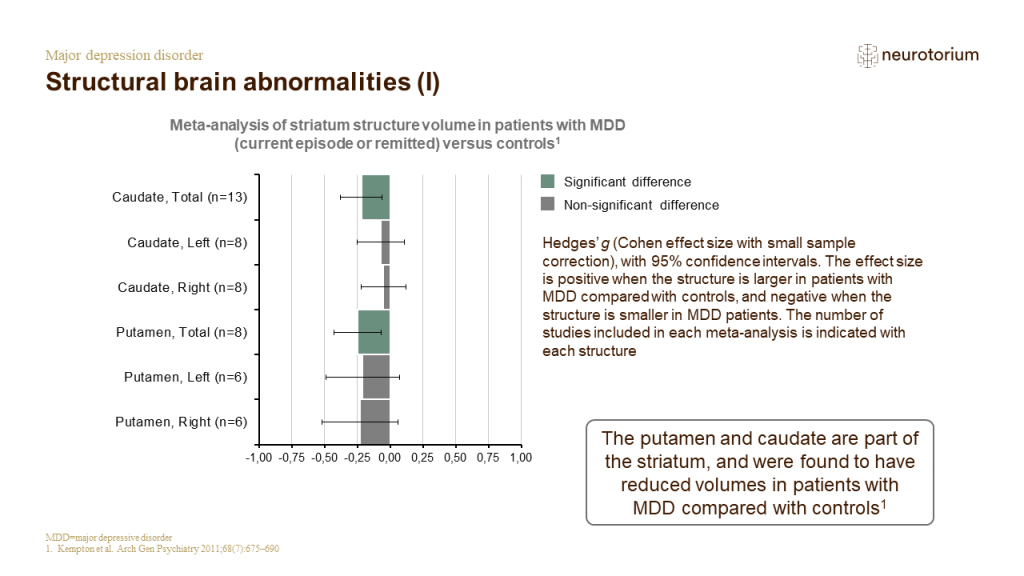
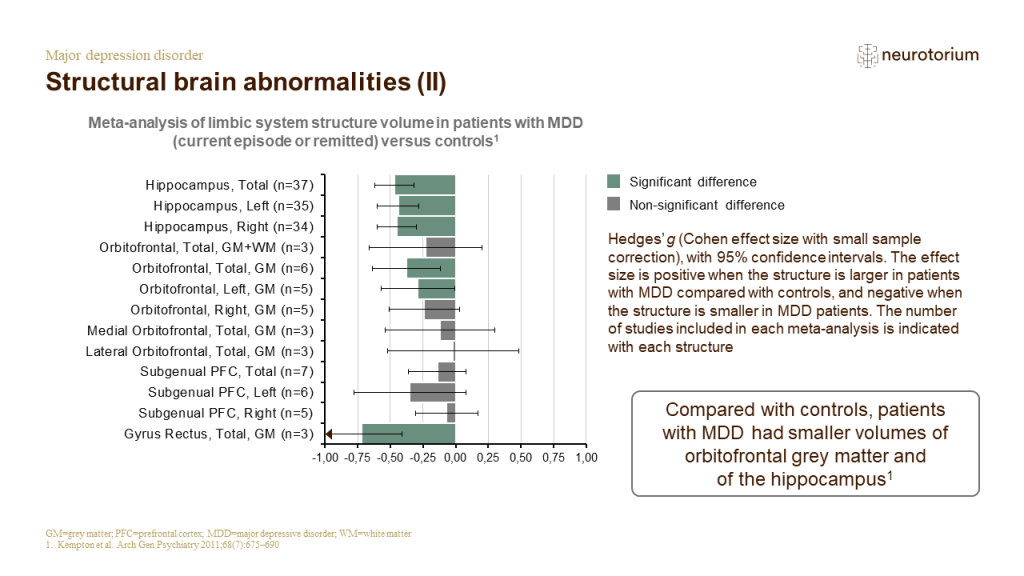
-1024x576.jpg)
-1024x576.jpg)
-1024x576.jpg)
-1024x576.jpg)
-1024x576.jpg)
-1024x576.jpg)
-1024x576.jpg)
-1024x576.jpg)
-1024x576.jpg)
-1024x576.jpg)
-1024x576.jpg)
-1024x576.jpg)
